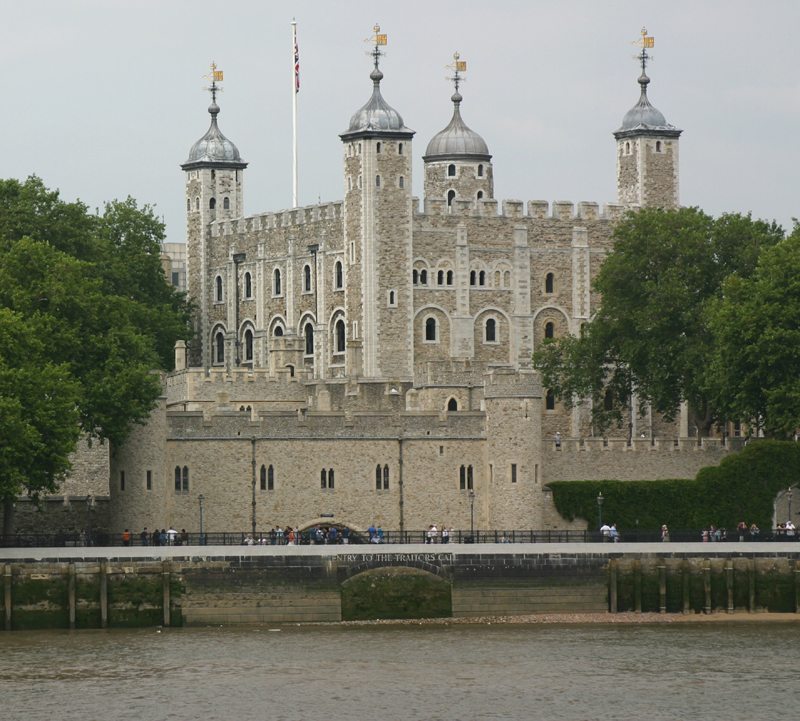
With stories of glowing apparitions floating down corridors, a reputation of torture and death, legends of ravens and the ancient stones reverberating with even more legends and secrets, the Tower of London has seen increasing tourist traffic since the 19th century with visitors eager to check out this building complex that has been the setting of some of the most momentous events in British history.
Built in 1066 by William the Conqueror, it is a typical example of military architecture of the time and represented the height of castle design. It was added to since then and is several buildings set in two concentric rings of defensive walls and a moat. The Tower is a rare survival of a continuously evolving ensemble of royal buildings that was used for various purposes throughout the years including a royal residence, an armory, a treasury, a menagerie to house animals gifted to the royal family, home of the Royal Mint, a public records office and home to the Crown Jewels which have been in the Tower since 1303 in the Jewel House under armed guard to thwart any undue interest in them.
Since the early days after the Tower was constructed men have stood guard over prisoners and attend the gates. The tradition of Yeoman Warders still continues and their medieval costumes are a great tourist draw. The Tower also maintains some of its old traditions and those still practiced include the Ceremony of the Key, the traditional locking up of the Tower each night and the The Beating of the Bounds first recorded in 1555.
As a World Heritage Site and one of England’s major tourist attractions, the Tower draws over two million visitors a year wishing to experience the ambience built over centuries, visit its museums and see the graffiti on the walls carved by desperate prisoners, still clearly readable. Historic Royal Palaces, an independent charity is responsible for the maintenance of the Tower of London.
Within easy reach of museums, trendy eateries, markets, shops, transport links and sited in one of London’s most exclusive areas, Ascott Mayfair London is a good alternative to hotels offering good value with well appointed accommodation and modern amenities and facilities befitting luxury serviced apartments in London. With a choice of comfortable residences, these London serviced apartments offer well designed spaces for relaxation from the hectic pace of the city for both business and leisure travelers.
